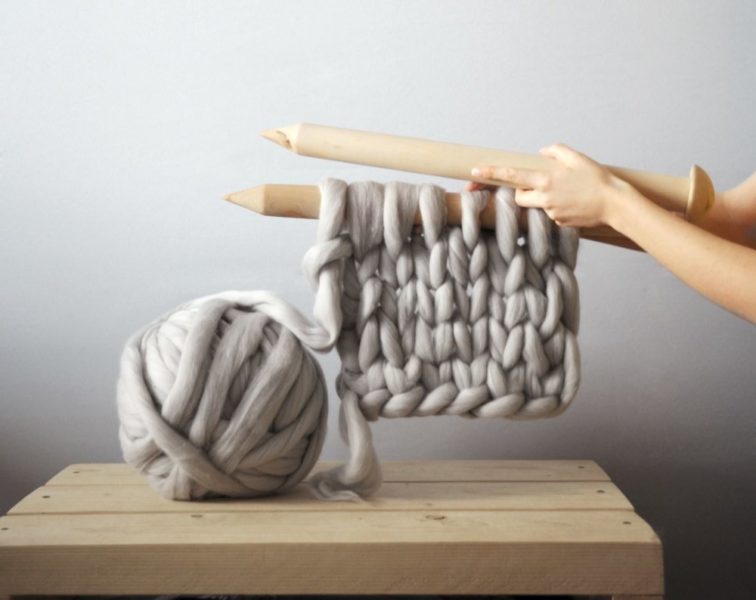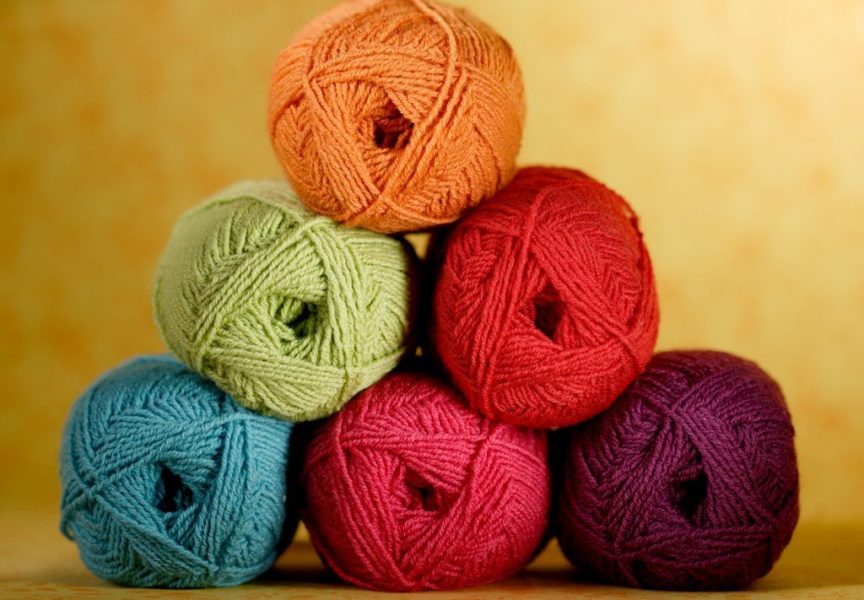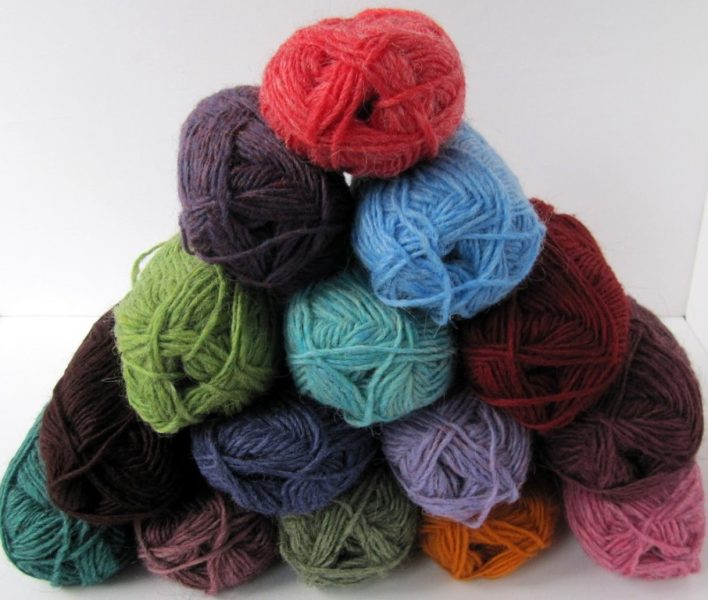Knitting - an old hobby that is not losing its popularity. For those who want to learn it, it is necessary to become familiar with all types of knitting threads.

What do people call knitting threads?
The correct name for knitting threads is yarn. It can be based on natural or artificial fibers. It can be homogeneous (one type of fiber) and heterogeneous (several types). It can also be plain or multi-colored (melange).

Types of threads for knitting
There are only 4 categories.
Natural fibers

These are threads made from the hair of domestic or wild animals. They are well suited for knitting blankets and sweaters, as products made from them provide the best warmth. It is worth noting that most representatives of such yarn are very expensive.
- Wool. Made from sheep or camel wool, it is good for beginners.
- Merino wool. Quite an expensive thread, but its advantages are undeniable. Products made from it are light and very warm.
- Alpaca. This material is suitable even for allergy sufferers. It is soft, light and silky. Products made from it will last a long time, maintaining their original appearance.
- Mohair. It is almost never used in its pure form in products, because such things will not last long. Various fibers are added to it. The yarn is very warm and fluffy.
- Cashmere. The material is expensive and capricious, so it is better for beginners not to work with it. The thickness of the wool of cashmere goats is half that of human hair. Cashmere items need to be properly cared for.
- Angora. Threads made from the fluff of Angora rabbits. In most cases, acrylic or wool threads are mixed into it. The products are beautiful, warm, delicate, light and durable.
- Alpaca. The yarn is made from alpaca llama wool. Products made from it are pleasant to the touch, light, but at the same time very warm and durable.
Plant fibers

Natural fibers also include “plant” fibers. They are less expensive, but just as durable and soft.
- Cotton. Popular material, good for beginners. Things made from them “breathe” and withstand washing well. The disadvantages include “burnout” in the light and rapid wear.
- Linen. Ideal for making summer clothes, as it allows air to pass through well and protects against ultraviolet radiation.
- Silk. Expensive material, but it is smooth and shiny. It does not retain heat for long, so it is recommended to use it for demi-season items. This product will last you a long time.
- Hemp. An environmentally friendly fiber, but it is used more for household items (bags, napkins). All because of its rigidity.
- Nettle. It is not used in its pure form due to the difficulty of production and, accordingly, cost. But, in combination with other fibers, it gives the product strength, lightness and hygroscopicity.
- Bamboo. Hypoallergenic and quite rare type of yarn. Products made from it feel like cashmere.
Synthetic fibers

Many people confuse artificial and synthetic yarn. Artificial yarn - These are natural fibers that have undergone chemical treatment. A synthetic yarn does not contain natural fibers.
- Viscose - This is an artificial fiber. Products made from this thread are pleasant to the body and do not electrify, but they need to be properly cared for.
- Microfiber. A thin thread that is used to make clothing for various household and industrial purposes.
- Acrylic. A material similar in its characteristics to natural fibers of animal origin. A cheap alternative to yarn for making sweaters.
- Nylon. It is added to other yarns to make the product durable.
- Metallic. The thread itself is not used, because such a product is uncomfortable to wear. It is added to other threads to give a dramatic appearance.
Blended fibers

To eliminate the shortcomings of some types of yarn, manufacturers mix them with other fibers.
- Wool and cotton blend (wool mixture). A material that has the thermal properties of wool, but is less scratchy and more elastic. Its disadvantage may be uneven color, since the fibers absorb the dye differently.
- Blend of artificial and natural fibers. An affordable thread that has all the properties of natural fabrics, but is more elastic and durable.
- Synthetic mix. Products made from this yarn will not retain heat, but they look very impressive.
Special yarn with textured effect

Experienced knitters can work with a special type of yarn that has various decorative effects.
- Chenille. Cotton-synthetic yarn, products from which look presentable and retain their appearance for a long time.
- Pile. From this type of yarn you can make something similar to faux fur.
- Tweed. This is undyed wool or wool mixture.
- Tape. It can be used for a separate element of a product, or some accessory. Very smooth thread.
- Boucled. The composition may contain wool, giving the products “warmth”. The yarn itself looks elegant because of the small balls attached to the main thread.
- Fantasy. It includes fibers of different thickness, color and quality.


 0
0





